Sleep Disordered Breathing (SBD) in Children – Las Vegas, NV
Recognizing and Addressing Sleep Disordered Breathing in Children
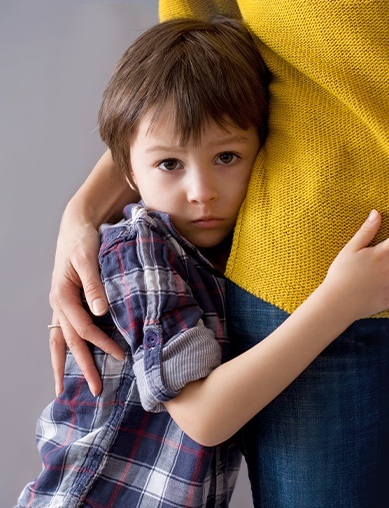
Sleep-disordered breathing, SDB, is a general term used to describe conditions that affect the free flow of air when a person is asleep. Obstructive sleep apnea, OSA, is the most common form of SDB in children. Left untreated, it can interfere with a child’s development, cause them to perform poorly at school, contribute to behavioral problems, and more. On this page, we will discuss how you can recognize and address SDB in your young one.
What Causes SDB in Children?
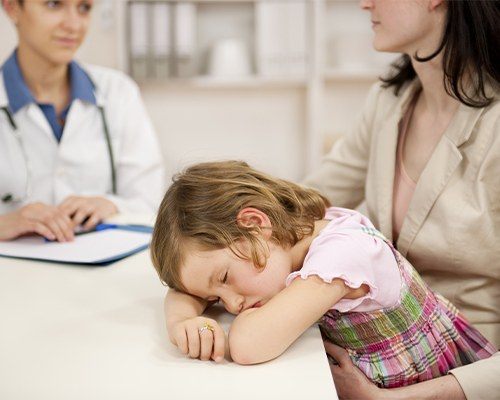
Sleep-disordered breathing (SDB) and obstructive sleep apnea (OSA) in children can have numerous causes. In the case of OSA, SDB occurs when the throat tissues obstruct the natural airflow during sleep, leading to intermittent breathing pauses that disturb the sleep cycle and decrease oxygen levels in the child's blood.
There are quite a few factors that can lead to OSA in children, including:
- Enlarged tonsils or adenoids
- Being overweight or obese
- Improper development of the jaw and/or teeth
- Certain health conditions, such as Down syndrome and Pierre-Robin syndrome
Signs and Symptoms of SDB
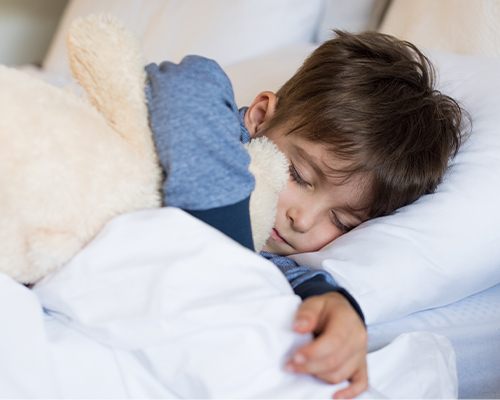
If you notice any of the following signs or symptoms in your child, they may be suffering from sleep-disordered breathing:
- Frequent snoring
- Mouth breathing
- Pauses in breathing during sleep
- Gasping or snorting during sleep
- Excessive daytime sleepiness or irritability
- Behavioral problems
- Bedwetting
- Sleepwalking or night terrors
- Learning problems
- Morning headaches
Diagnosing SDB in Children
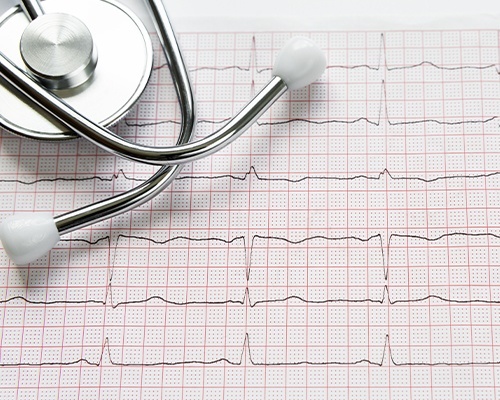
If you suspect your child has sleep-disordered breathing, consult their physician or a sleep specialist. They may recommend a sleep study, also known as a sleep test, which can be conducted at a sleep clinic. During the test, your child will be monitored using various sensors while they sleep, tracking vital statistics such as breathing, heart rate, and blood oxygen levels. Once the test results are analyzed, you will receive a diagnosis regarding whether your child has obstructive sleep apnea or another form of sleep-disordered breathing.
Treating SDB in Children
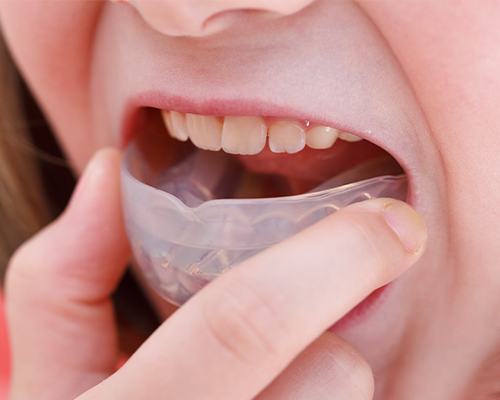
The best treatment for SDB in children will depend on what is causing the problem. For example, if your child is overweight, you may need to work with their doctor to formulate a healthy weight loss plan for them. If they suffer from allergies that cause congestion in the upper airway, you may need to explore medication options.
Alternatively, if your child's sleep apnea is caused by anatomical abnormalities in the jaw and teeth, the Healthy Start Program may provide the perfect solution. This innovative treatment uses specialized appliances to correct issues in the upper and lower jaw, to facilitate the free flow of air during sleep.
Are you interested in discovering further information about sleep-disordered breathing in children and how our dedicated team, led by Dr. West, can assist in improving your child's nighttime breathing? Feel free to reach out to us today by filling out this form in the link below
